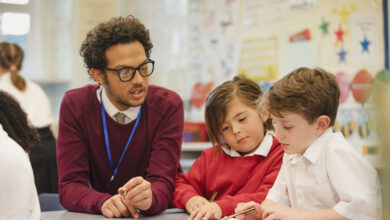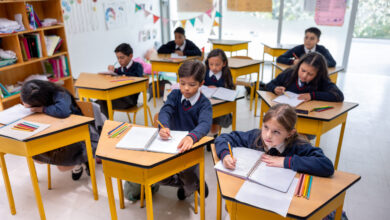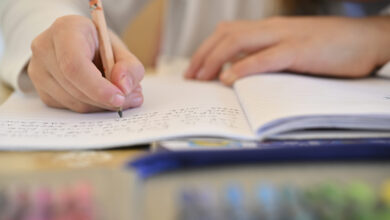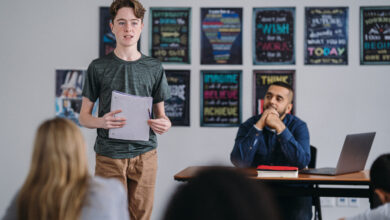In The ClassroomOpinionTop Stories
Chalk, talk, teach, write, read, achieve, repeat: part 2
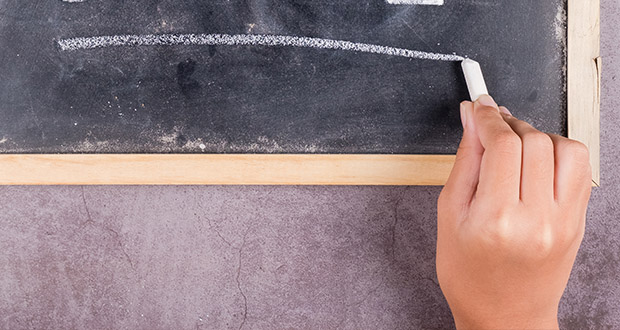
Part 2 in this series on advancing handwriting, narrative writing and critical thinking with chalk will now introduce the reader to:
Please login below to view content or subscribe now.

